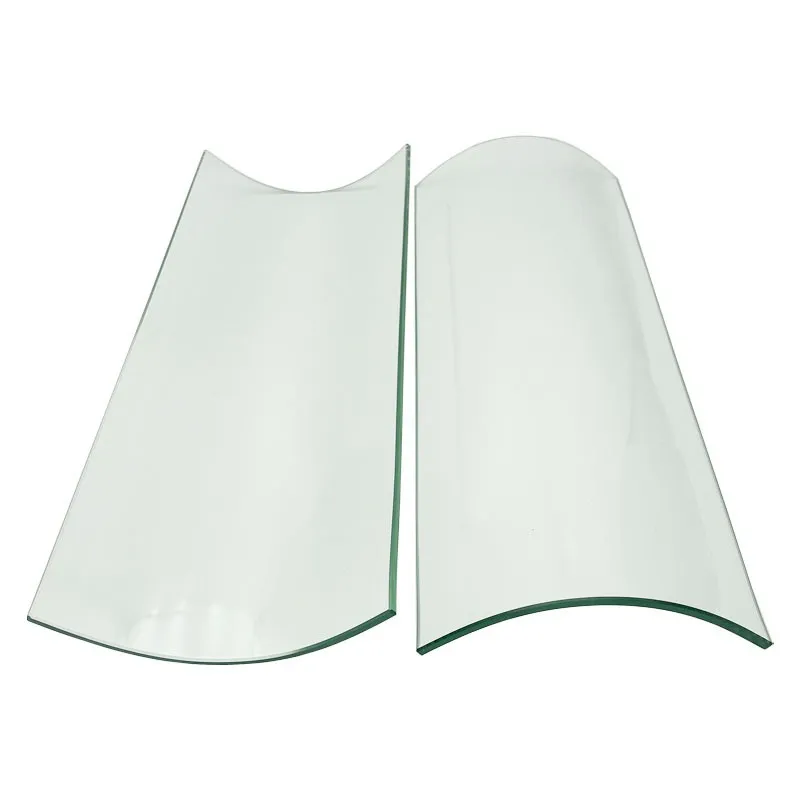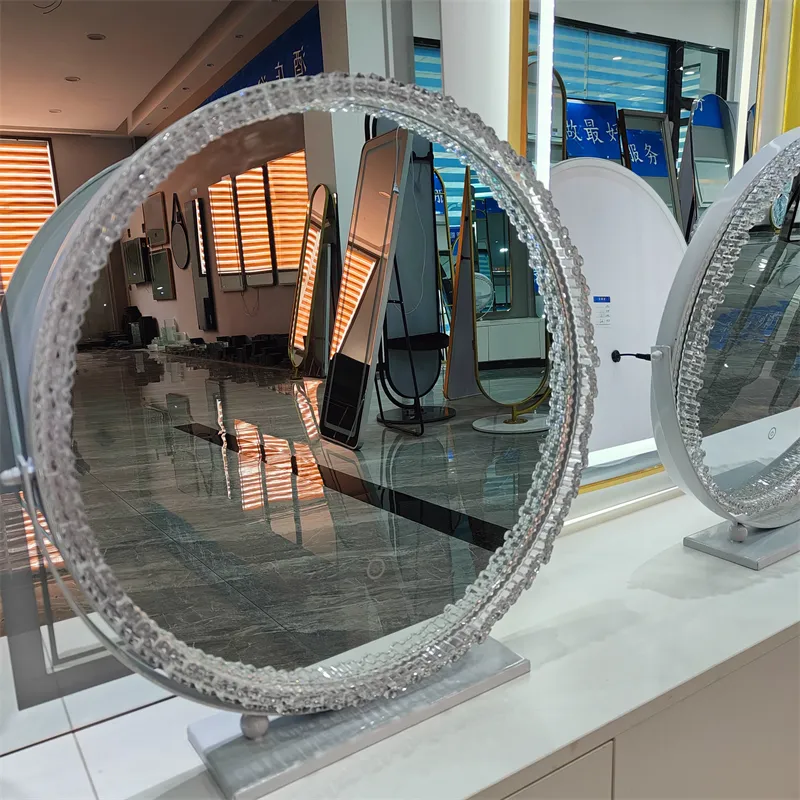Jan . 26, 2025 04:02 Back to list
laminated glass
Laminated glass stands as a prime example of technological advancement in the field of safety glazing. This unique glass type is designed by sandwiching a layer of polyvinyl butyral (PVB) or ethylene-vinyl acetate (EVA) between two or more layers of glass. The crucial function of this interlayer is to hold the glass shards in place upon impact, minimizing the risk of injury. Laminated glass is often a mandatory requirement in modern construction projects due to its remarkable safety and security benefits.
Trust in laminated glass is further established through rigorous testing and certification by authoritative bodies. Organizations like the American National Standards Institute (ANSI) and the European Committee for Standardization (CEN) set stringent testing protocols to ensure the reliability of laminated glass products. This commitment to meeting safety standards ensures consumers can depend on these products in critical installations. Moreover, the environmental impact of laminated glass production has been aligned with sustainable practices. Many manufacturers have adopted eco-friendly processes, utilizing recycled materials and reducing waste. This shift not only minimizes the ecological footprint but also elevates the trust consumers place in laminated glass as a conscientious building material. Given the multitude of options available, choosing the right laminated glass can be daunting. Therefore, consultation with industry experts plays a vital role in decision-making. Certified installers and architects possess the knowledge to assess specific project requirements and recommend optimal solutions that combine functionality with design aesthetics. Case studies further reinforce the efficacy of laminated glass. A recent large-scale study conducted in hurricane-prone regions demonstrated that structures equipped with laminated glass windows consistently outperformed traditional glass counterparts in withstanding storm impacts. These findings not only highlight the strength of laminated glass but also its capacity to safeguard property and lives during severe weather conditions. In conclusion, laminated glass represents a fusion of innovation and practicality, offering unmatched benefits in safety, sustainability, and functionality. Its widespread usage in both residential and commercial applications is a testament to its value. Through continuous advancements and adherence to rigorous standards, laminated glass remains an authoritative choice for those prioritizing safety, durability, and environmental responsibility in their projects.


Trust in laminated glass is further established through rigorous testing and certification by authoritative bodies. Organizations like the American National Standards Institute (ANSI) and the European Committee for Standardization (CEN) set stringent testing protocols to ensure the reliability of laminated glass products. This commitment to meeting safety standards ensures consumers can depend on these products in critical installations. Moreover, the environmental impact of laminated glass production has been aligned with sustainable practices. Many manufacturers have adopted eco-friendly processes, utilizing recycled materials and reducing waste. This shift not only minimizes the ecological footprint but also elevates the trust consumers place in laminated glass as a conscientious building material. Given the multitude of options available, choosing the right laminated glass can be daunting. Therefore, consultation with industry experts plays a vital role in decision-making. Certified installers and architects possess the knowledge to assess specific project requirements and recommend optimal solutions that combine functionality with design aesthetics. Case studies further reinforce the efficacy of laminated glass. A recent large-scale study conducted in hurricane-prone regions demonstrated that structures equipped with laminated glass windows consistently outperformed traditional glass counterparts in withstanding storm impacts. These findings not only highlight the strength of laminated glass but also its capacity to safeguard property and lives during severe weather conditions. In conclusion, laminated glass represents a fusion of innovation and practicality, offering unmatched benefits in safety, sustainability, and functionality. Its widespread usage in both residential and commercial applications is a testament to its value. Through continuous advancements and adherence to rigorous standards, laminated glass remains an authoritative choice for those prioritizing safety, durability, and environmental responsibility in their projects.
Latest news
-
Safety and Style with Premium Laminated Glass Solutions
NewsJun.24,2025
-
Reinvents Security with Premium Wired Glass
NewsJun.24,2025
-
Premium Float Glass Line for Modern Architecture
NewsJun.24,2025
-
Low Emissivity Glass for Energy-Efficient Architecture
NewsJun.24,2025
-
High-Performance Insulated Glass Solutions for Modern Architecture
NewsJun.24,2025
-
Elevates Interior Style with Premium Silver Mirror
NewsJun.24,2025
Related PRODUCTS














